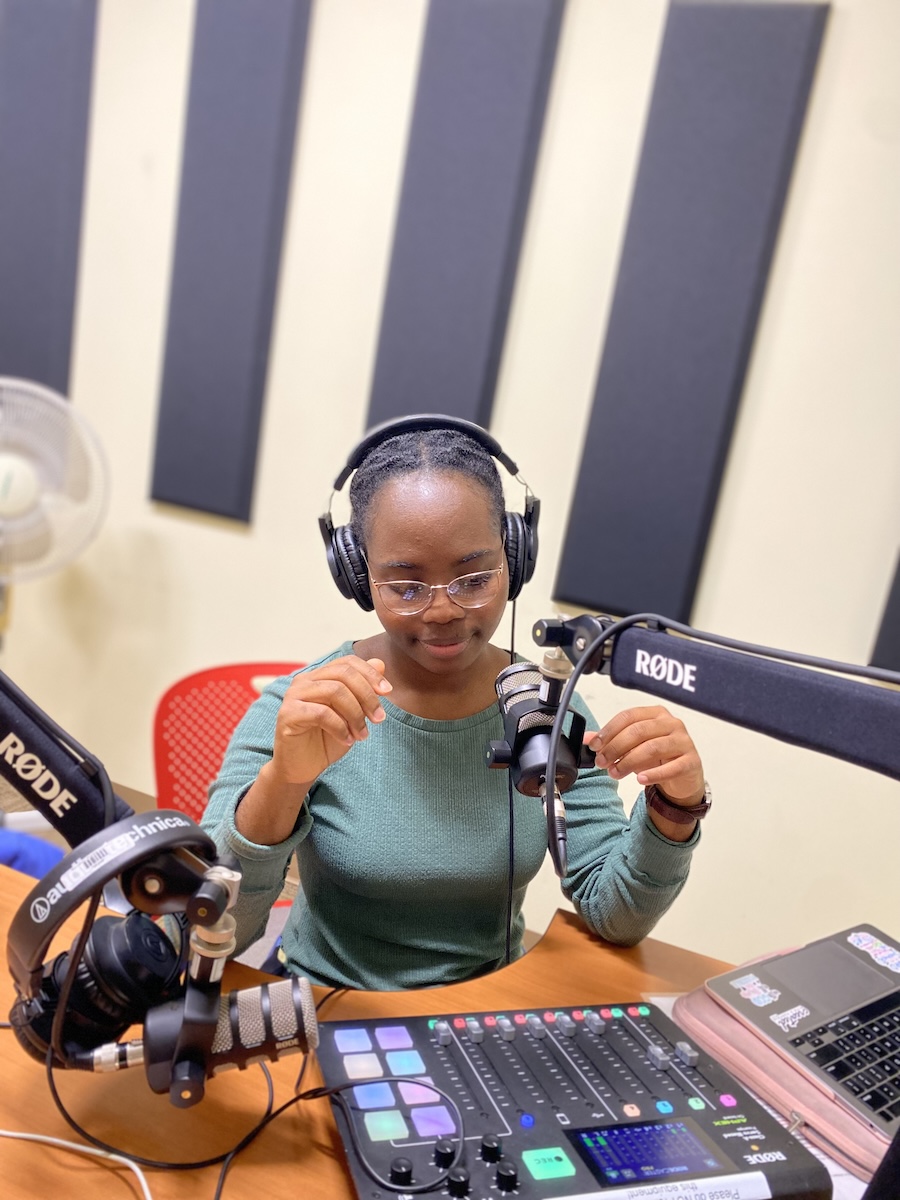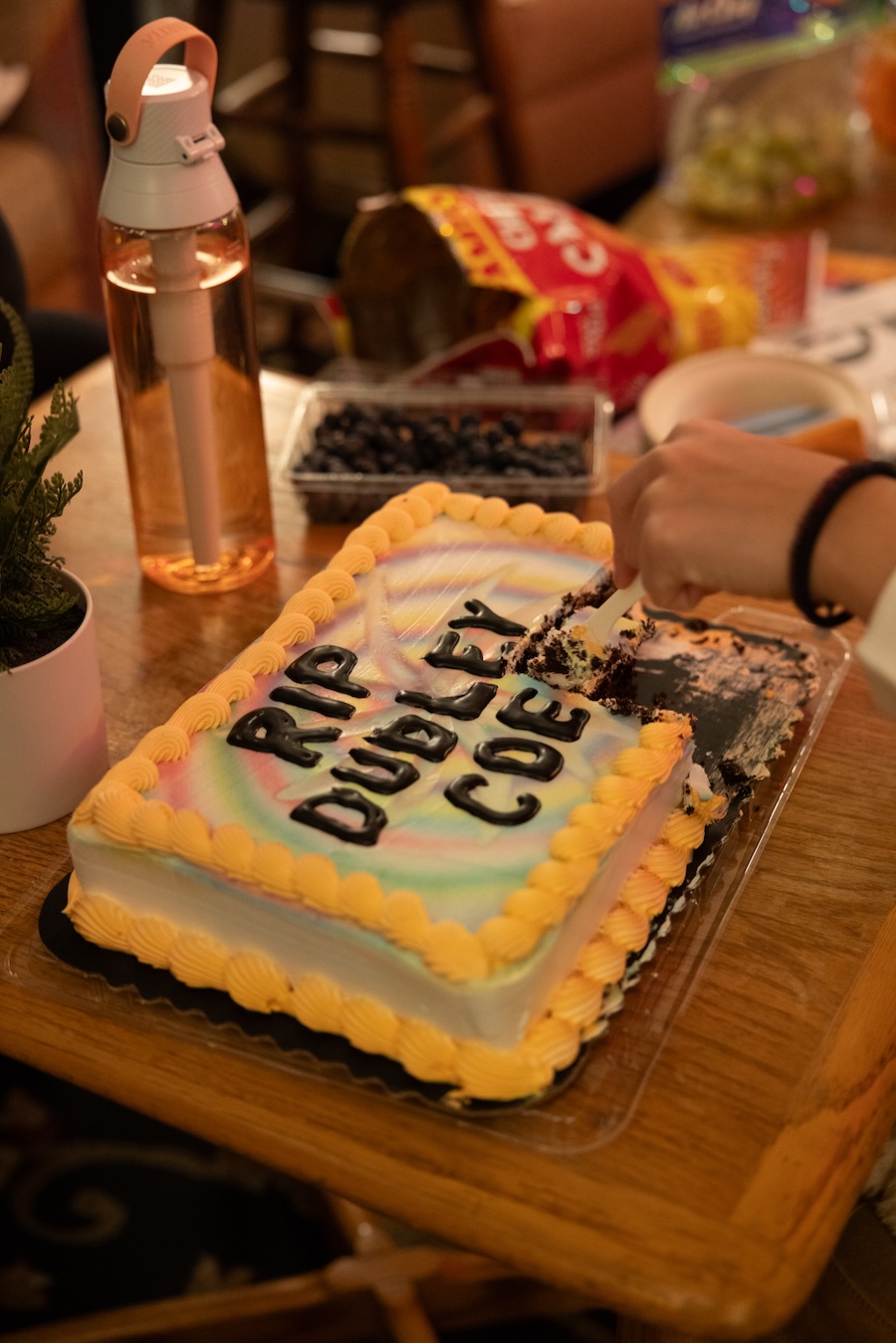First-Generation First-Years Share Why They Chose Bowdoin
By Rebecca Goldfine“I fell in love with it — just the way she presented the school. She was so passionate about it, and was talking about it in a way that made it seem quality-of-life focused rather than a hard, competitive environment,” Bess said.
Bowdoin offered what Bess wanted: a rigorous academic experience in a supportive, close community — something similar to what he had experienced in his high school, Metro Academic/Classical High School. “When I was choosing Bowdoin, I wanted to be in a community that is helpful and caring,” he said.
As part of the QuestBridge Scholars Network at her high school, McGinnis received information from Bowdoin’s admissions department, encouraging her to apply. So far, she’s been impressed by the richness of offerings here. “Last week, I was walking around and stumbled into a lecture on US-China relations,” she noted. And she’s taken advantage of “the availability of resources here to do what you want to do,” by joining the equestrian team and writing for the campus newspaper. She is also applying for a funded internship grant from Bowdoin Career Planning to work at the Gettysburg National Battlefield this summer.
Though she’s appreciative of all the resources and funding available, particularly for first-generation students like her, McGinnis said she first tries to tackle challenges on her own before seeking help.
“There’s not enough time in the day to go to the writing center or see all the tutors!” she said. “If I need help usually I’ll hunker down first myself before I’m like, ‘Okay, I’ve hit the bottom, now I’ve got to go get help.’ I think we [first-generation students] are still trying to prove to ourselves that we belong here.”
His own family is very tight. “Traveling around the country, visiting these colleges, I realized this would be a time of my life when I will not have readily accessible support from my family, and I’ll be hundreds of miles away,” he said.
So he was relieved when he stepped onto the Bowdoin campus and sensed he would feel comfortable here — that he would have a “family outside of my family and away from home.”
Pandiyan’s parents have always emphasized the importance of obtaining a college degree, but Pandiyan had to convince them of the value of a liberal arts education. “For them, they were like, what would you do with a degree in the humanities? Or something that wasn’t engineering or medical school,” he said. “And I told them, you can do anything with a degree from a liberal arts college.”
Bowdoin has joined 68 of the nation’s top-performing colleges and universities in an alliance to substantially expand the number of talented low- and moderate-income students at America’s undergraduate institutions that have the highest graduation rates.
Launched in December 2016, the American Talent Initiative is supported by Bloomberg Philanthropies and was founded with a national goal of educating 50,000 additional high-achieving, lower-income students at the 270 colleges and universities by 2025.
Each ATI member institution will enhance its own efforts to recruit, enroll, and support lower-income students, learn from each other, and contribute to research that will help other colleges and universities effectively serve lower-income students.
“We welcome the opportunity to collaborate, develop, and share best practices with other schools that share Bowdoin’s goal of making education more accessible,” said Bowdoin College President Clayton Rose.



